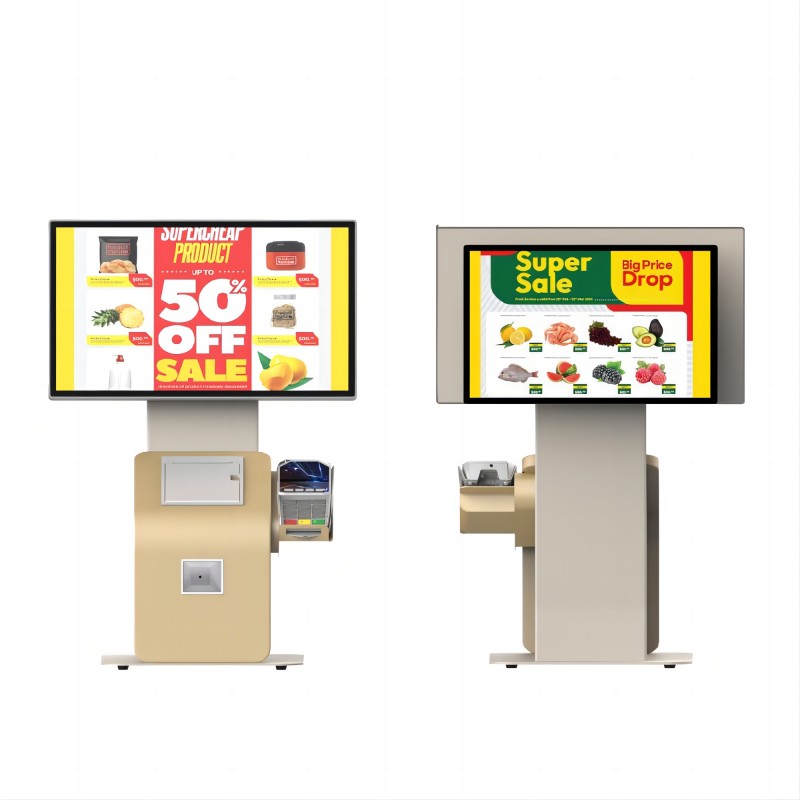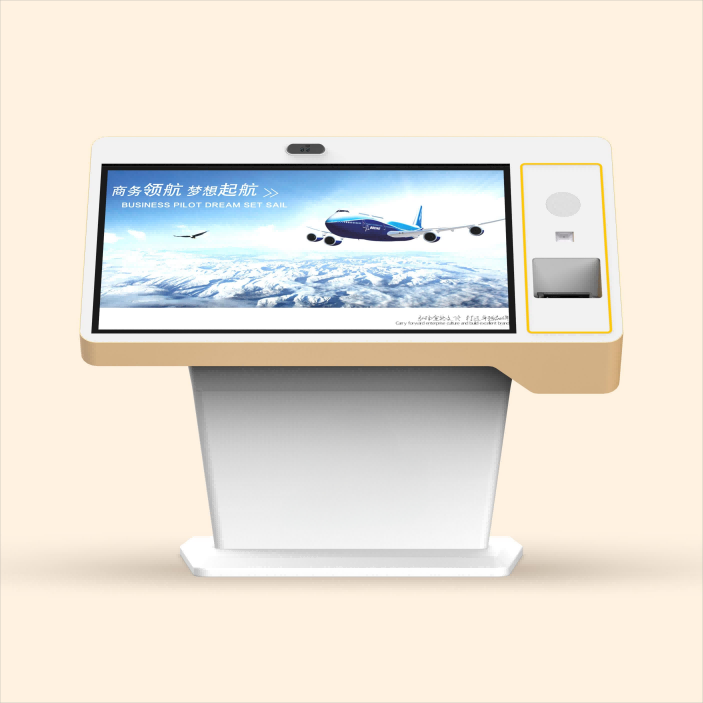
| Component | Description | Component | Description |
|---|---|---|---|
| Base | The foundational support that ensures stability. | Pole/Column | The vertical part that holds the tablet at a suitable height. |
| Tablet Enclosure | Secure casing that houses the tablet, protecting it from theft and damage. | Mounting Bracket | Attaches the tablet enclosure to the pole or stand, allowing for adjustments. |
| Cable Management | System for organizing and concealing cables for a tidy appearance. | Security Locks | Mechanisms to prevent unauthorized removal or tampering with the tablet. |
| Adjustable Height Mechanism | Allows the stand to be adjusted to different heights for user convenience. | Tilting Mechanism | Enables the tablet to be tilted to various angles for optimal viewing. |
| Power Supply Integration | Built-in options for keeping the tablet charged, such as power strips or USB ports. | Wheels or Casters | Optional components for mobility, allowing the stand to be easily moved. |
Retail Stores: Provides interactive displays for product information, inventory checks, and customer feedback collection.
Restaurants and Cafes: Facilitates self-ordering and payment systems, enhancing service speed and customer experience.
Hospitals and Clinics: Used for patient check-ins, appointment scheduling, and information dissemination in waiting areas.
Event and Exhibition Venues: Serves as information kiosks, ticket scanners, and interactive guides for attendees.
Educational Institutions: Supports digital sign-in, access to educational materials, and campus navigation aids.
Corporate Offices: Functions as visitor registration systems, meeting room schedulers, and employee self-service stations.

Enhanced User Experience: Provides an interactive and engaging platform for customers to access information and services.
Space Efficiency: Takes up minimal space while offering a functional solution for various applications.
Versatility: Can be used in numerous settings, including retail, healthcare, and hospitality, for a wide range of purposes.
Security: Protects tablets from theft and damage with secure enclosures and locking mechanisms.
Improved Efficiency: Streamlines processes such as check-ins, ordering, and information retrieval, reducing wait times and manual work.
Modern Aesthetics: Adds a sleek, professional look to any environment, enhancing the overall ambiance.

Design and Color: Choose from various designs and colors to match branding and interior decor.
Height and Angle Adjustability: Adjustable stands to cater to different user heights and viewing angles.
Material Selection: Options include metal, wood, acrylic, or a combination to suit durability and aesthetic needs.
Mounting Options: Freestanding, wall-mounted, or countertop stands to fit different spatial requirements.
Security Features: Enhanced locking mechanisms, tamper-proof designs, and secure enclosures.
Cable Management: Integrated systems to keep cables organized and hidden.
Additional Functionalities: Incorporate features like card readers, printers, or additional storage compartments.

Purpose and Use Case: Determine the specific application of the kiosk stand, such as for retail, hospitality, healthcare, or corporate environments, to ensure it meets your needs.
Compatibility: Verify that the stand is compatible with the specific tablet model you plan to use, including size, mounting type, and connectivity requirements.
Build Quality and Materials: Ensure the stand is made from durable and high-quality materials that can withstand regular use and provide long-term reliability.
Security Features: Look for features like secure enclosures, locks, and tamper-proof designs to protect the tablet from theft or damage.
Adjustability and Ergonomics: Consider stands with adjustable height and tilt options to provide a comfortable user experience and accommodate various user preferences.
Cable Management: Choose stands with integrated cable management systems to keep power and data cables organized and concealed, enhancing the overall appearance and safety.

Design Planning: Define the stand’s purpose, dimensions, materials, and any customization needs. Create detailed design blueprints.
Material Selection: Choose durable materials such as metal, wood, or acrylic based on the intended use and aesthetic preferences.
Cutting and Shaping: Use tools to cut and shape the materials into the required components, including the base, pole, and tablet enclosure.
Assembly: Assemble the components, ensuring the tablet enclosure is securely attached to the pole and the base is stable.
Finishing: Apply finishes like painting, powder coating, or laminating to enhance the appearance and protect the materials.
Cable Management Integration: Incorporate systems for organizing and concealing cables, ensuring a neat and professional look.
Security Implementation: Add security features such as locks and tamper-proof mechanisms to protect the tablet.
Quality Control: Inspect the assembled stand for stability, functionality, and overall quality. Make any necessary adjustments.
Testing and Final Adjustments: Test the stand with a tablet to ensure it holds securely, is easy to use, and meets all design specifications. Make final adjustments as needed.
What did our happy clients say?
We are extremely satisfied with our tablet kiosk stand! Its sleek design perfectly complements our store's aesthetic, and the adjustable height feature is a big plus. Highly recommend for any business.
The tablet kiosk stand we bought is fantastic! It's sturdy, easy to set up, and the built-in cable management keeps everything neat. Our customers love using it for self-service options. Great purchase!
Our new tablet kiosk stand has been a game-changer. The secure enclosure ensures our tablets are safe, and the overall build quality is excellent. Customer service was also top-notch. Very pleased!
We couldn't be happier with our tablet kiosk stand. It provides the perfect solution for our interactive displays, and the customization options allowed us to match our branding. Excellent value for money!